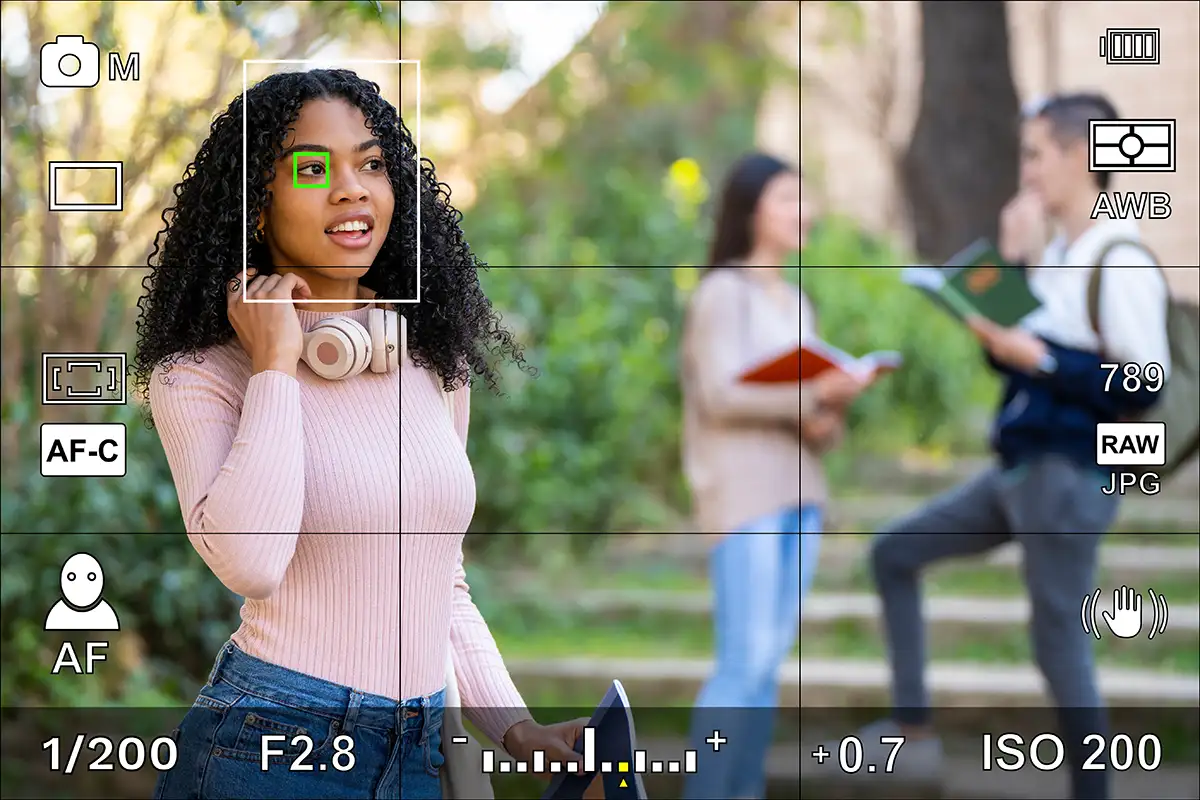
In portrait photography, achieving precise focus on the subject’s eyes is essential.
Traditionally, photographers used single-point autofocus, carefully placing the focus area over the subject’s eye. While this method worked, it required constant readjustment, especially if the subject moved slightly.
Why Eye AF is a Game-Changer for Portrait Photography
With the introduction of Eye AF (Eye Autofocus) on mirrorless cameras, focusing accuracy has improved significantly. Eye AF detects and locks onto the subject’s eyes automatically, ensuring sharp focus without the need for manual adjustments.
This feature is especially useful in portrait, wedding, and fashion photography, where capturing expressive and sharp eyes enhances the emotional impact of an image.
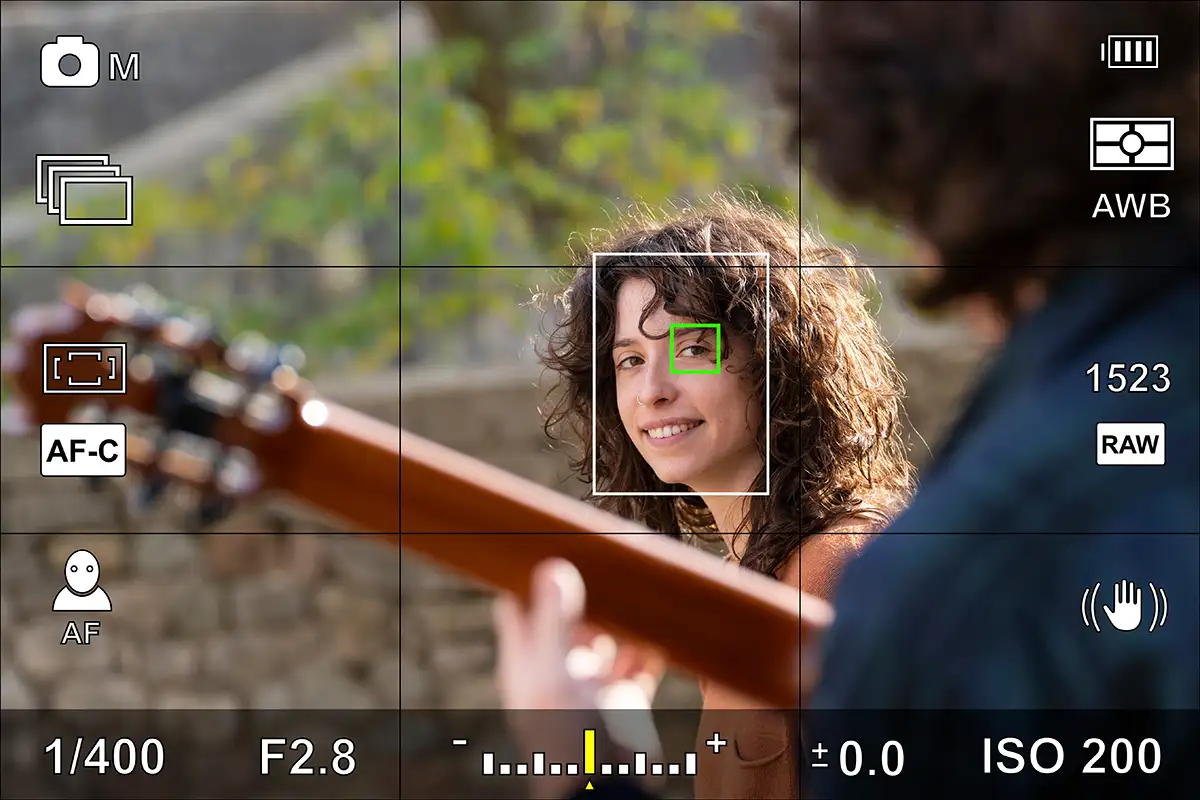
How Eye AF Works on Mirrorless Cameras
Unlike traditional autofocus (AF) systems that rely on contrast or phase detection, Eye AF uses advanced subject detection algorithms to locate and track a person’s eyes in real time.
When enabled, the camera continuously monitors the subject’s face, adjusting focus dynamically as they move. Some high-end models even offer Animal Eye AF, which tracks the eyes of pets and wildlife with remarkable accuracy.
Mirrorless cameras use electronic viewfinders (EVFs), which allow real-time feedback of Eye AF in action. This provides an advantage over DSLRs, where focus adjustments are less intuitive due to optical viewfinder limitations.
Setting Up Eye AF on Your Camera
Activating Eye AF varies slightly depending on the camera brand, but the general process follows these steps:
- Access the Autofocus Settings – Navigate to your camera’s AF menu or custom function settings.
- Select Eye AF Mode – Enable Eye AF under the focus settings. Some cameras offer options for human or animal eye detection.
- Choose Continuous Autofocus (AF-C) – Using AF-C (Continuous AF) ensures the camera adjusts focus dynamically as the subject moves.
- Assign Eye AF to a Custom Button – For quick access, many photographers assign Eye AF to a function button, allowing activation without menu navigation.
- Test the Feature in Live View or EVF – Point the camera at a person’s face and observe the focus indicator tracking the eyes in real time.
Some models allow selecting which eye to prioritise (left or right), which is helpful for creative portrait compositions.
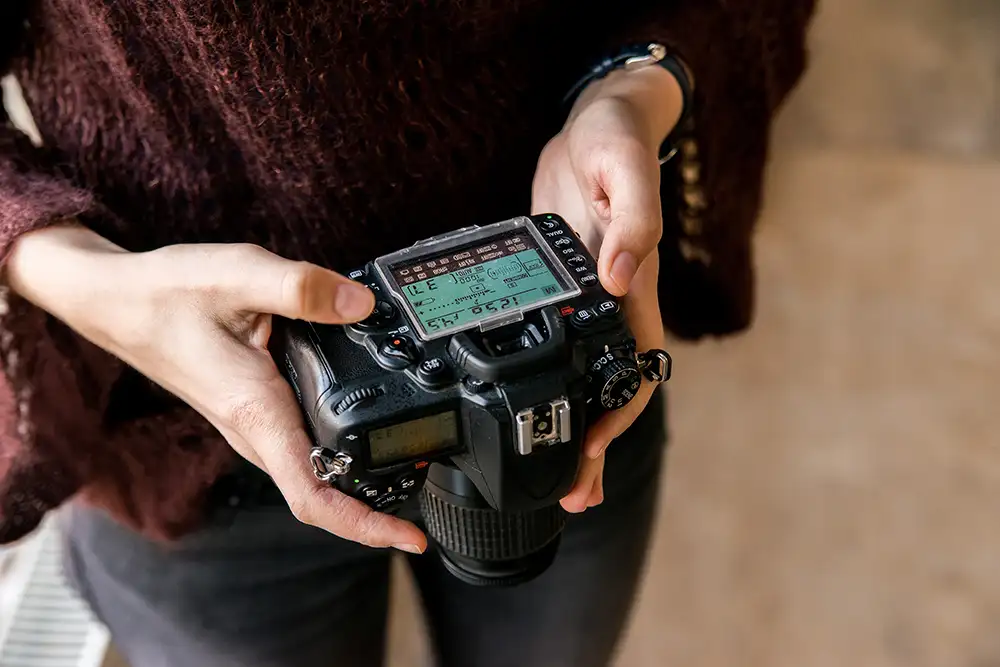
Best Practices for Using Eye AF Effectively
While Eye AF is highly accurate, optimising its use ensures the best results in different shooting conditions.
- Use a Wide Aperture for Subject Isolation
For professional-looking portraits, using a wide aperture (e.g., f/1.8 or f/2.8) creates a shallow depth of field, keeping the eyes sharp while blurring the background. This effect enhances subject separation, drawing attention directly to the eyes.
- Maintain Adequate Lighting
Although Eye AF works well in most conditions, low-light environments can reduce detection accuracy. If shooting in dim settings, increasing ISO or using an external flash helps maintain sharp focus.
- Ensure a Clear View of the Eyes
Eye AF struggles when the subject’s eyes are obstructed—such as when wearing sunglasses or looking sideways. Encouraging your subject to face the camera directly improves tracking reliability.
- Combine Eye AF with Face Detection for Group Shots
When photographing multiple people, face detection helps prioritise the correct subject. Most cameras allow toggling between Eye AF and face tracking, ensuring the intended person remains in focus.
- Adjust AF Sensitivity for Moving Subjects
For event photography or fast-paced portraits, increasing AF tracking sensitivity ensures the camera reacts quickly to subject movement. This prevents focus loss when subjects turn their heads or shift positions.
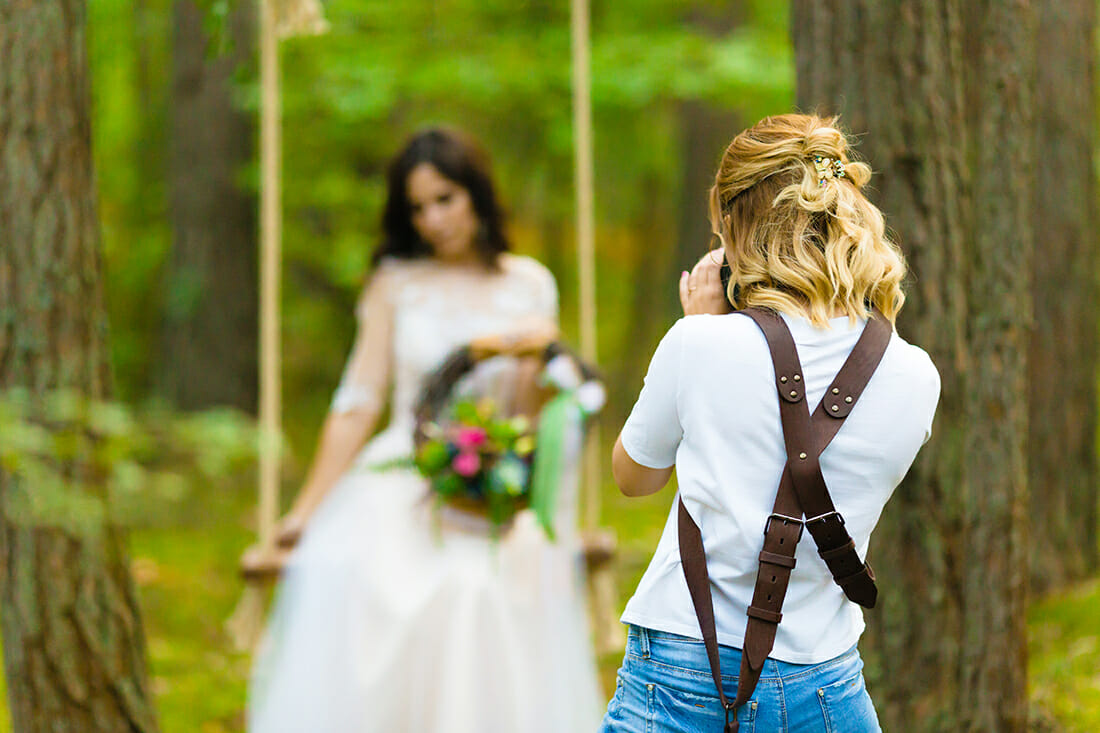
Common Eye AF Limitations and How to Overcome Them
Despite its accuracy, Eye AF has some challenges. Understanding these limitations helps photographers adjust settings accordingly.
- Difficulty in Low Light
If the camera struggles to detect eyes in dim lighting, switching to AF-assist beam or using a continuous light source helps improve detection. Some models perform better in low light, so testing different AF sensitivity settings is recommended.
- Misidentification of Eyes
In busy backgrounds, the camera might detect unwanted faces instead of the intended subject. In such cases, manually selecting the focus point using touchscreen or joystick controls ensures accuracy.
- Tracking Interruption with Fast Movement
For subjects moving rapidly, combining Eye AF with subject tracking improves focus consistency. Some cameras allow setting tracking priority, ensuring focus remains on the selected individual even when others enter the frame.
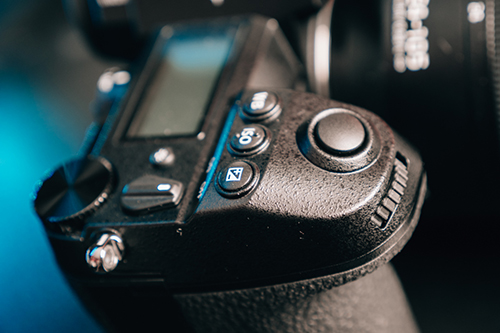
Why Mirrorless Cameras Excel at Eye AF
Unlike DSLRs, which use optical viewfinders, mirrorless cameras process autofocus directly from the sensor, leading to faster and more accurate Eye AF performance.
Features like real-time tracking, face recognition, and AI-powered autofocus make mirrorless systems superior for portrait work.
Brands like Sony, Canon, Nikon, and Fujifilm have developed sophisticated Eye AF technology that works seamlessly in both photo and video modes (but not all of the models from these brands carry the Eye AF function).
This makes mirrorless cameras the preferred choice for many portrait and wedding photographers.
Which Cameras Have Eye AF Function?
Below are some camera models across different brands that have Eye AF capability:
Sony Cameras with Eye AF
- Sony A7 IV
- Sony A7 III
- Sony A7R V
- OUR PICK: Sony A9 II
- Sony A1
- Sony A6600
Canon Cameras with Eye AF
- Canon EOS R6 Mark II
- Canon EOS R5
- Canon EOS R7
- Canon EOS R10
- Canon EOS R3
Nikon Cameras with Eye AF
Fujifilm Cameras with Eye AF
- Fujifilm X-T5
- Fujifilm X-H2S
- Fujifilm X-S20
- Fujifilm GFX 100S
Panasonic and OM System (Olympus) Cameras with Eye AF
- Panasonic Lumix S5 II
- Panasonic GH6
- OM System OM-1
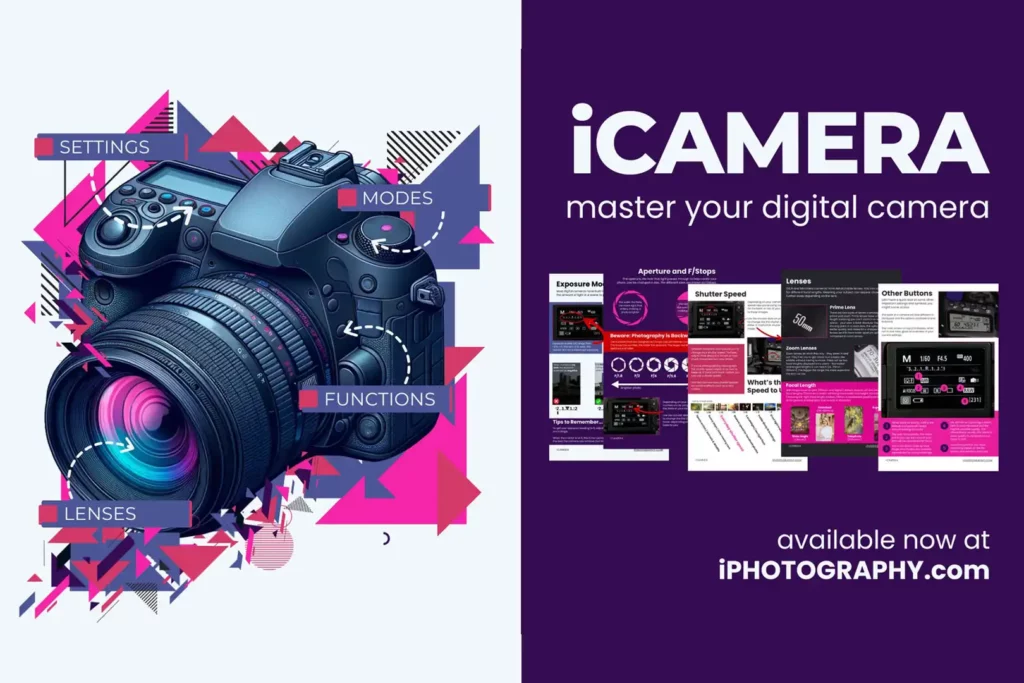
Download our Latest FREE Photography Book
Who Benefits Most from Eye AF?
While Eye AF is useful across various photography genres, certain fields benefit the most:
Portrait Photographers
In studio or natural light, Eye AF ensures that portraits remain sharp, allowing photographers to focus on directing subjects rather than adjusting focus manually.
Wedding and Event Photographers
Capturing fast-moving subjects in dynamic lighting is challenging. Eye AF helps track faces accurately, ensuring key moments are in focus.
Videographers
For interview setups or cinematic filming, Eye AF in video mode locks onto subjects’ eyes, maintaining sharpness even during movement.
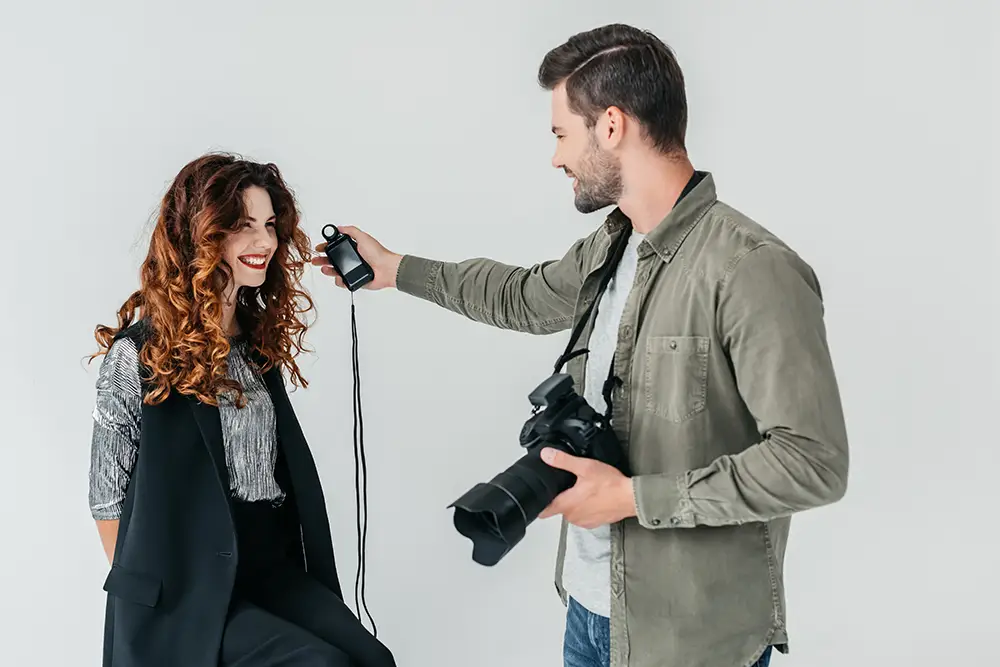
Conclusion
Eye AF has revolutionised portrait photography, offering unparalleled focus accuracy on mirrorless cameras. Whether capturing studio portraits, candid moments, or fast-moving subjects, Eye AF simplifies focusing, ensuring sharp results with minimal effort.
For photographers looking to refine their portrait skills, our iPhotography Course which covers essential techniques, including lighting setups and creative compositions.
By incorporating Eye AF into your workflow, you’ll experience a more efficient, reliable way to capture stunning portraits with perfect focus every time.
(iPhotography may make small commissions from links in this article.)


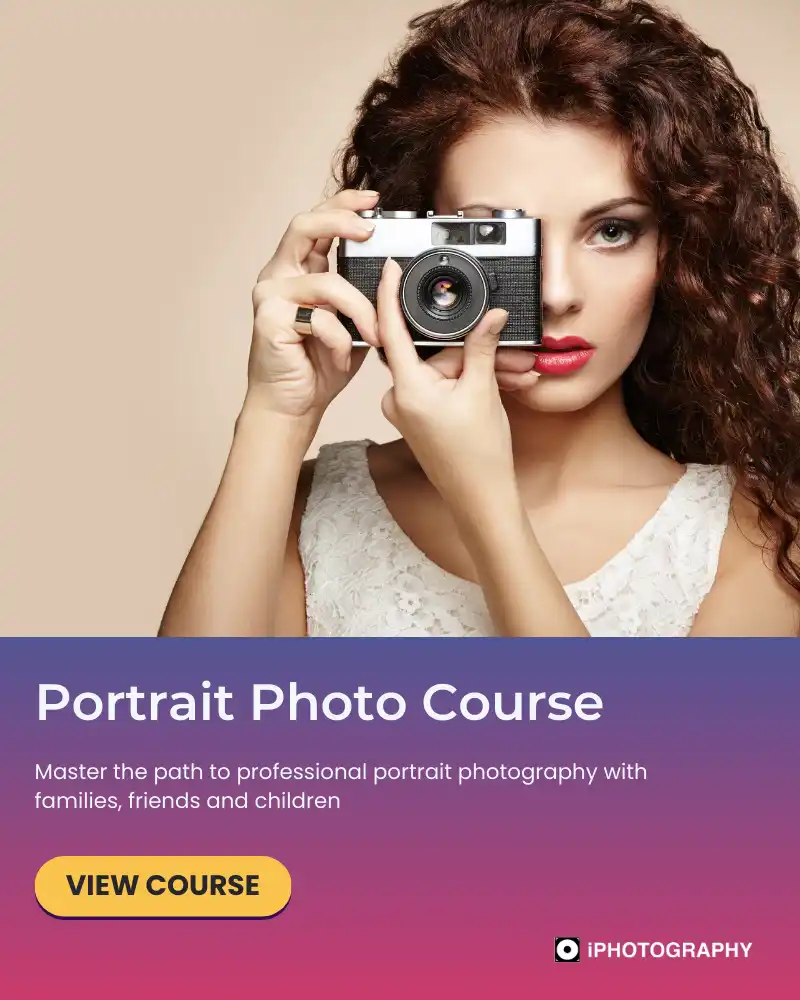
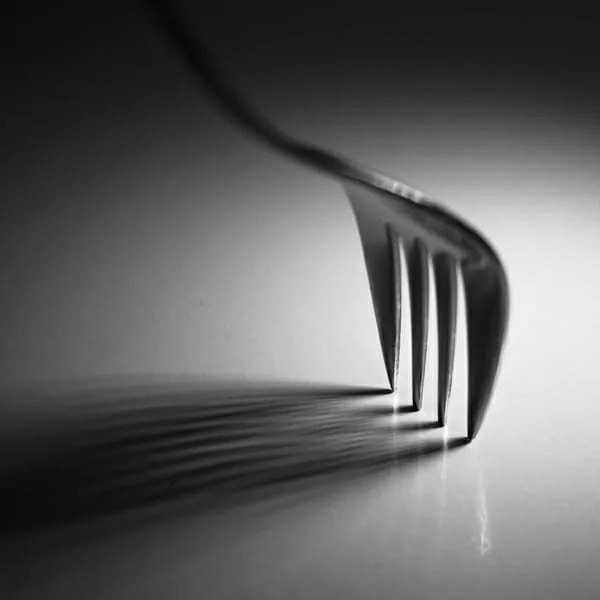


How to Use the iPhotography Gallery